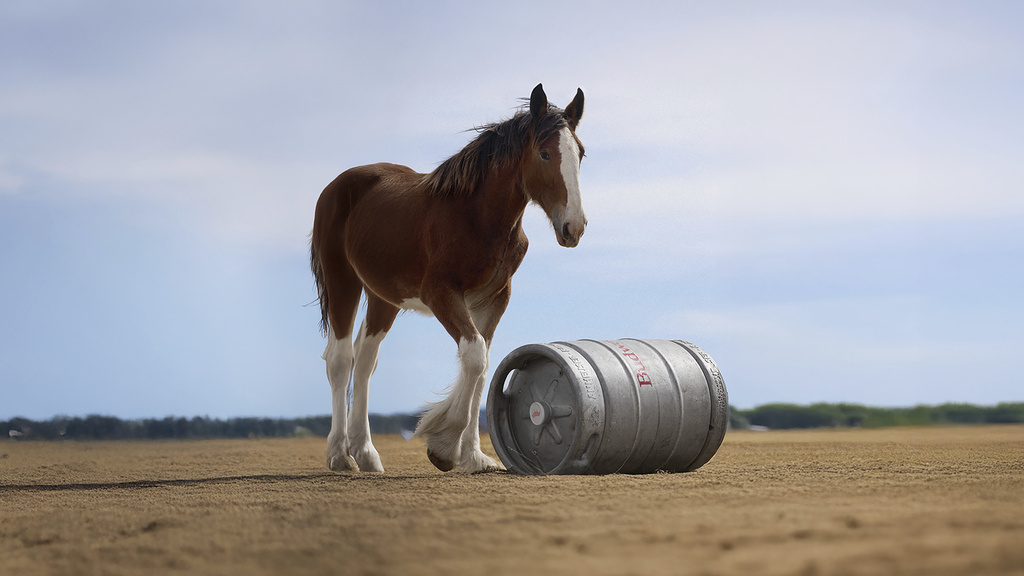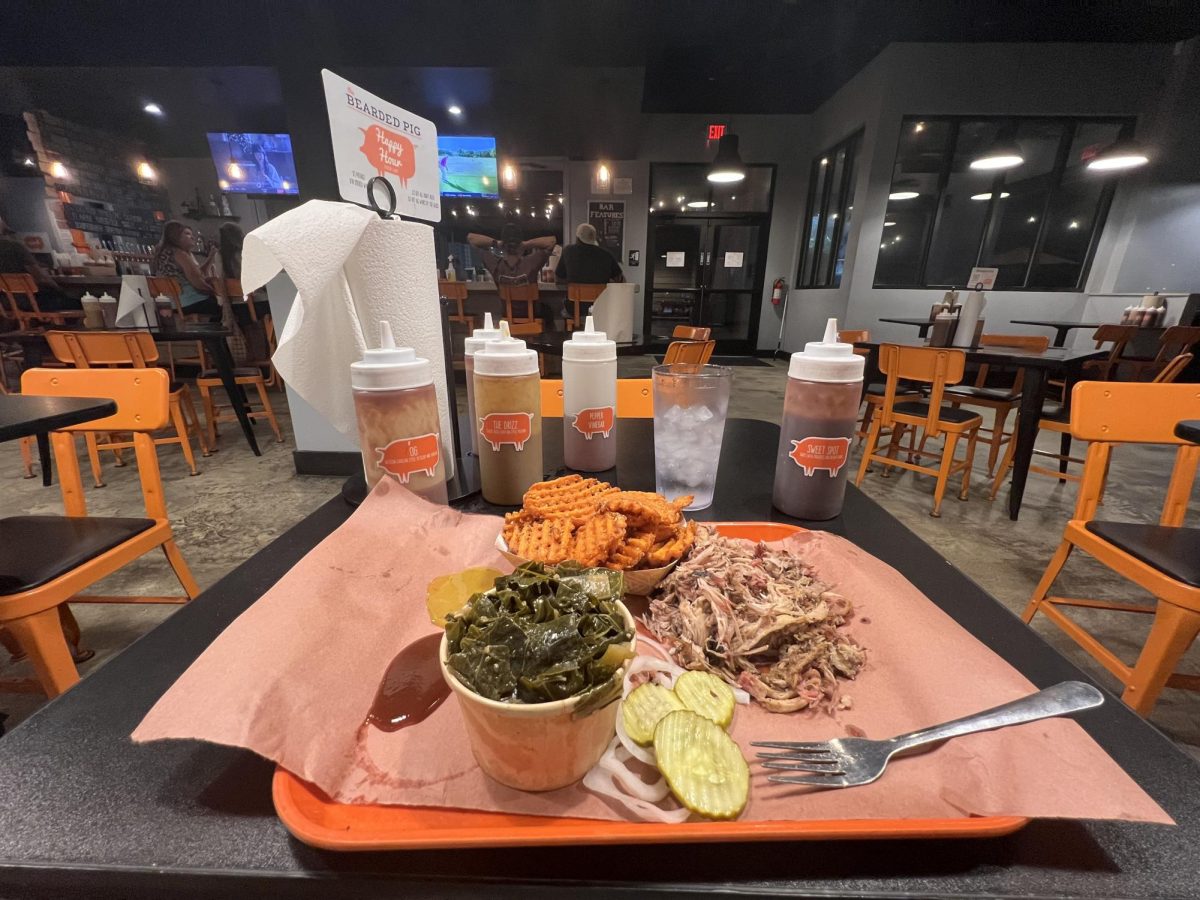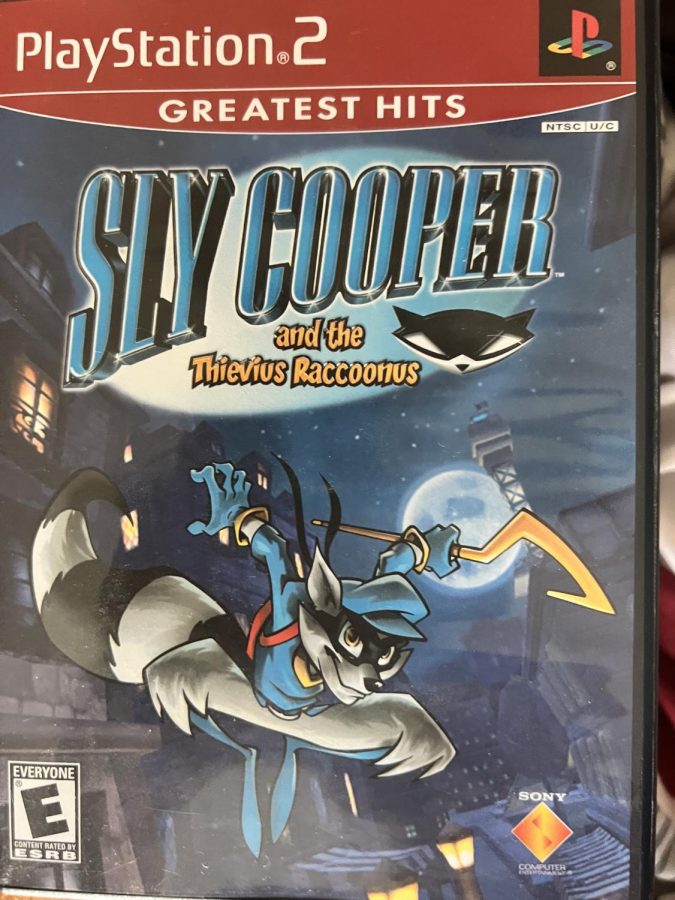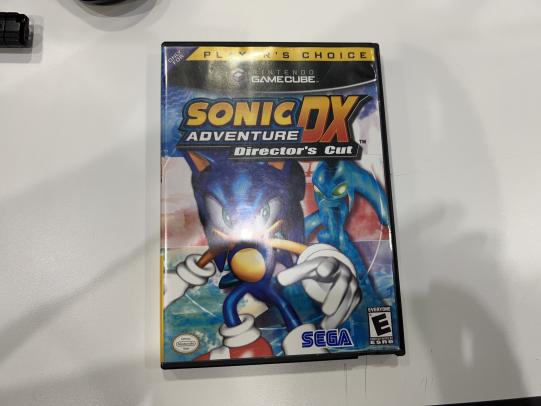
The year is 2016. The first-person shooter genre has become a series of copy and paste games featuring 3D movement systems, laser guns and an overused futuristic setting. Players are fatigued from lack of innovation.
The year is 2016. Publisher Electronic Arts and developer DICE walk a road less traveled by releasing Battlefield 1, a shooter that dares to take the player 100 years into the past to World War I. Many, myself included, were happy to see a change of pace. But there were reservations about whether a war dominated by the slow grind of trench warfare could be fun.
Battlefield 1 not only met my expectations, but far exceeded them thanks to an addictive multiplayer mode, what I believe to be the best campaign in the series and a bevy of vehicles to pummel the enemy with. The risk of straying from the pack has paid off in an epic way.
 Epic Short Stories
Epic Short Stories
When you first boot up Battlefield 1 you’re presented with a graphically-stunning game, with the shrapnel of no man’s land strewn throughout the barbed-wire defenses and body-upon-body of fallen soldiers. You’re thrown into a desolate prologue that sends you straight into the hellish infantry combat of World War I. I found myself uncharacteristically emotional in the game’s opening moments: every death is greeted with the name of the soldier you were playing as, followed by their date of birth and death, all narrated by a soldier who describes the feelings of what the world now knows as “the lost generation.” This powerful introduction sets the tone for a campaign that is equal parts enthralling, reflective and terrifying.
The remainder of the campaign is played out through several short stories taking place from multiple perspectives. You play as a British tank driver, an American gambler turned war hero, An Italian soldier searching for his brother in battle, an Australian message runner, and a Bedouin working alongside Lawrence of Arabia. Just when I thought a “bro-shooter” trope was going to rear its ugly head, I was met with a poignant moment or a shocking turn of events that cemented the campaign as a tangibly brutal and engaging journey.
Each short story is a disguised tutorial that prepares you for the multiplayer suite without being a boring slog or feeling like a tacked-on addition. Though each story is fictional, insight is offered into the historical context of the real-world battles and locations you are fighting through, something I truly appreciated as both a history buff, and someone longing for more games set in an era often overshadowed by the grandeur of the second World War.
Tank You Very Much
The multiplayer offering in Battlefield 1 doesn’t reinvent itself, but the changes represent an emphasis on the experimental nature of many of the weapons in WWI. Infantry combat is methodical and chaotic all at once, as most guns kill quickly, but need to be reloaded often. I found myself using a pistol more than any Battlefield game before, as I would sometimes need just a shot or two to finish off my adversary after running out of bullets for my primary weapon. This gameplay loop is unique, varied and often hilarious, as I found myself wishing I could finish an opponent off by throwing my helmet at them like something out of Saving Private Ryan.
A series staple, Battlefield 1’s ground and air vehicles offer diversity and a well-balanced combat that have you feeling indestructible one moment, only to wind up at the mercy of an anti-tank grenade the next. The Behemoth vehicles are a refreshing way to change the flow of battle, without being an infuriating punishment for opposing team. The Behemoths can cause massive damage but they are often easy targets because they can be targeted from nearly anywhere on the map. Their destruction often radically changes the layout of maps, providing new cover and blocking previously open routes to objectives. Their inclusion is one I hope becomes as synonymous with Battlefield as destructible environments and class-based combat.
Every setup in Battlefield 1 has a strength and direct way to counter it. As players begin to master maps, classes and styles of play, they’ll always find something new to do and challenges to keep them playing.

Almost Flawless
Battlefield 1’s main detraction stems from its technical glitches. Although non game-breaking, the hiccups in the game stunted the experience and left me scratching my head. In one instance, I had to restart a campaign checkpoint because my plane somehow got stuck inside of a grounded anti-air gun, why it didn’t just blow up on impact with the ground, I’m unsure. Another situation saw my multiplayer character wedged into the train tracks on a conquest capture point. Upon my stepping over the tracks, I was immediately stuck under the environment, endlessly trying to mantle out of my situation until I was gunned down by a group of mystified opponents.
While nothing in comparison to Battlefield 4’s broken launch, some areas of Battlefield 1 need another look over by DICE in order to fully polish the experience. The game’s user interface leaves much to be desired, as the main menu is difficult to navigate and setting up classes often left me screaming at the screen, as instead of changing the scope of my weapon I was deployed right into a fight I was unprepared for.
Enlist Immediately
Battlefield 1 represents a new tone for the franchise and the FPS genre as a whole. DICE is proving to both players and their publisher that radical ideas can lead to wild success. I imagine sales for the game will be large, but its impact will be greater, as more games reiterate series staples, while providing the switch to a more grounded and realistic setting. Battlefield 1 is worth your money and will drain you of freetime with its solid gameplay and compelling story. Little can hamper the experience of what I believe to be one of the best FPS games of this generation.
—
For more information or news tips, or if you see an error in this story or have any compliments or concerns, contact editor@unfspinnaker.com.











